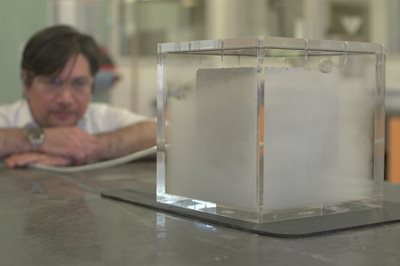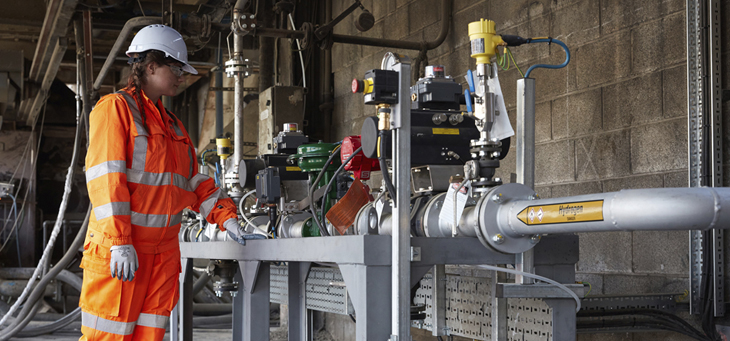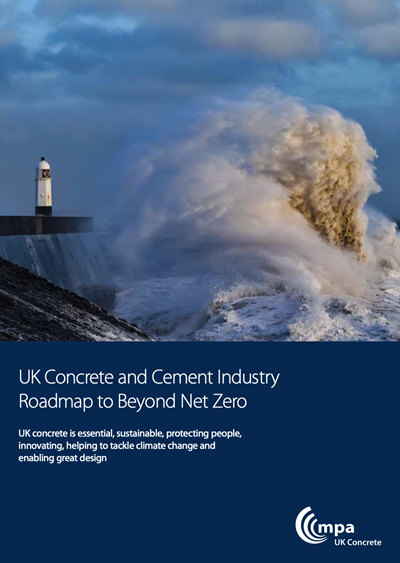
Other resources

To provide more information on the decarbonisation levers that feature in the Roadmap a series of short papers have been published by MPA UK Concrete.
Sustainability Series: Week 4, Roadmap to decarbonise cement and concrete

Webinar: Carbon capture in the cement sector
Recorded: 02 November 2022
This webinar covered the UK approach to accelerating deployment of carbon capture and outlined cement carbon capture projects that could be capturing hundreds of thousands of tonnes of carbon dioxide this decade. A recording of this webinar is available to watch on demand.
Blog: Roadmap in Action
As I write, it’s been two years, almost to the day, since MPA launched the UK Concrete and Cement Industry Roadmap to Beyond Net Zero. Reflecting on progress over this time, it is clear that the sector has made significant steps towards delivering the net zero ambition. From the development of innovative low carbon cements and demonstrating new fuels to investing in low carbon vehicles, the sector is following through on its net zero commitment across a number of the key levers set out in the roadmap document.
- Low carbon, multi-component cements: Replacing primary Portland cement with lower-carbon secondary components such as fly ash, ground granulated blast furnace slag from steel production, and ground limestone are common in the UK but current standards permit only the use of single components. Research part-funded through the Industrial Energy Efficiency Accelerator programme shows the use of multiple components can achieve up to 60% lower carbon cements and could result in a reduction in carbon emissions from cement production of over 4 million tonnes every year. MPA recommendations have been put to the British Standards Institution to include these multi-component cements in the UK concrete standard (BS 8500) to help designers, specifiers and contractors reduce construction emissions.
- Advanced fuel mix for cement production: More than 80% of the heat required to make cement comes from burning fossil fuels or waste from non-biomass origins. But an MPA led BEIS-funded research project has demonstrated that with a combination of biomass, hydrogen and plasma energy, cement manufacturers could eliminate the use of fossil fuels. World-first trials took place at two MPA member sites – Hanson’s Ribblesdale Works used hydrogen with biofuel while Tarmac’s Tunstead Works used plasma energy. The project confirmed that it’s possible to achieve net zero fuel cement production. Now the sector needs access to secure supplies of cost-competitive biofuel and hydrogen to make net zero fuelling of cement manufacture a commercial reality. Other work has also taken place with CEMEX announcing that all CEMEX cement plants in Europe now use hydrogen as part of their fuel mix. This includes the Rugby plant in the UK.
- Cements made with calcined clay: An MPA-led consortium co-funded by Innovate UK recently began investigating the potential for primary cements to be part-substituted with low-carbon calcined clays. The project will assess the feasibility of producing calcined clays from lower-grade clays reclaimed from extraction or other industrial processes. Reclaimed clay sources also include brick dust which does not require heating as it has already undergone thermal treatment. Ten different clay sources are being tested by MPA member Imerys and University College London with the potential for cements with calcined clay to have a carbon profile 40-60% lower than primary cement.
- Carbon Capture Utilisation and Storage (CCUS): Two regional ‘clusters’ of industry – in the North West and on the East Coast – are the first to prepare for the deployment of pioneering CCUS technologies in the mid-2020s. Hanson’s Padeswood cement plant is located within the HyNet cluster in the North West and has been shortlisted for funding for a CCUS project that would capture and store 800,000 tonnes of carbon dioxide each year. If the proposal secures the multimillion pound investment needed, the lifespan of the existing cement works would be significantly increased and 56 new, high-value operational jobs would be created plus 350 further jobs during construction. A decision on the application is expected this year and, if successful, the capture plant could be operational in 2027.
- Understanding carbonation in concrete: Carbonation is a process where concrete absorbs and permanently stores carbon dioxide from the atmosphere throughout its lifetime. The Intergovernmental Panel on Climate Change (IPCC) recognises that carbonation happens in concrete and that it is an important carbon sink. However, there is limited research on the process and currently no formal method of calculation. MPA is leading a UK Government funded project to identify reliable sources of data to quantify carbonation in concrete, the scale of the carbon sink represented by concrete and develop a verified model for calculating the annual size of carbon sink. Development of a model will enable the UK to include the permanent sequestration of carbon dioxide in concrete in the national greenhouse gas inventory.
- Low carbon delivery of concrete: Tarmac has invested in the first battery electric mixer truck in the UK. As Tarmac procures 100 per cent of its site electricity from clean energy sources – wind, solar and hydro power only – the new vehicle will operate as a carbon neutral solution. In addition to making the transition to zero tailpipe emissions, EV mixers reduce noise and vibration, while contributing to improving air quality, particularly when operating in urban areas and low and zero emissions zones.
Written by Diana Casey Director, MPA Cement and Director, Energy and Climate Change, MPA
Other resources
For further guidance related to guidance on reducing the carbon of concrete and cement, please refer to:
UK Concrete and Cement Industry Roadmap to Beyond Net Zero

NEW: On-demand: Bitesize video
MPA has been leading work to test a range of low carbon multicomponent cements and cements containing calcined clay.
NEW: On-demand: Bitesize video
A short summary of the fuel switching demonstration in the cement sector using biomass, hydrogen and plasma (electrical) energy.
On-demand: Bitesize video

A world first technology demonstration project by the Mineral Products Association and Hanson UK has successfully seen a UK cement kiln operated using a net zero fuel mix including hydrogen for the very first time.